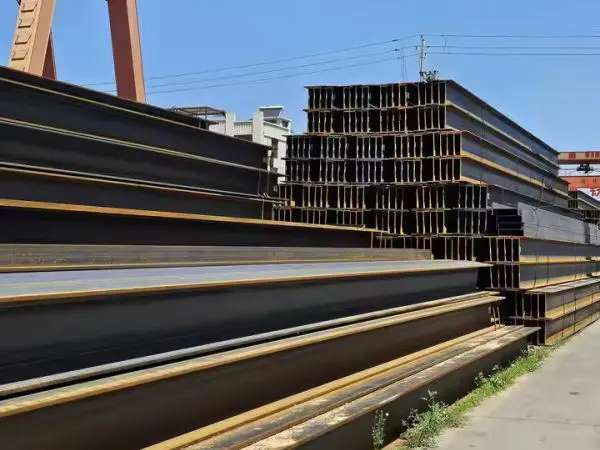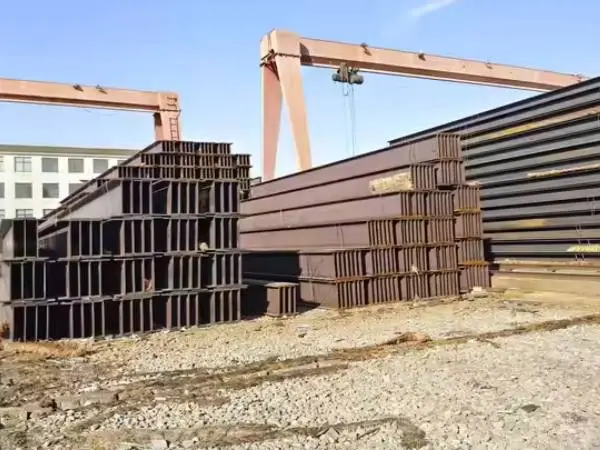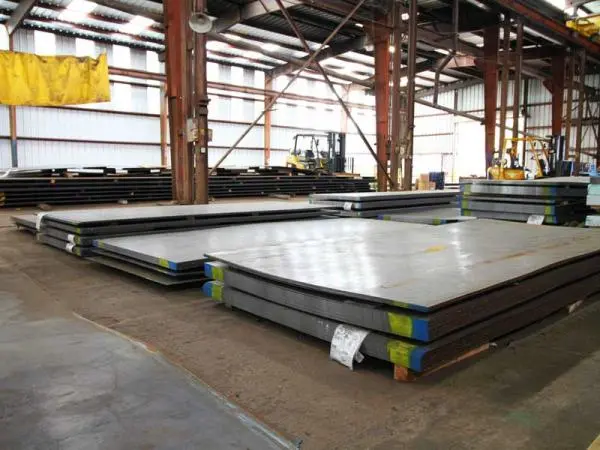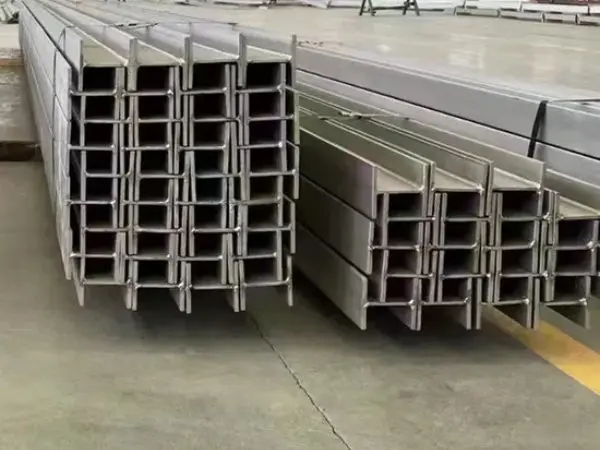- Phone0086 731 8564 8255
- E-mailsales@cscsteel-manufacturing.com
-

Both 3PE (three-layer polyethylene) coated pipes and epoxy coated pipes are used for corrosion protection in various applications, particularly in the oil and gas industry. Here’s a detailed comparison of the two.
1. Composition and Structure
- 3PE Coated Pipe:
Layers: Comprises three layers:
First layer: Epoxy powder (FBE)
Second layer: Adhesive
Third layer: High-density polyethylene (PE)
This multi-layer structure provides excellent durability and protection against external factors.
- Epoxy Coated Pipe:
Layers: Typically consists of a single layer of epoxy resin applied to the surface of the pipe.
The coating may vary in thickness but generally lacks the multi-layer structure of 3PE.
2. Corrosion Resistance
- 3PE Coated Pipe:
Offers superior corrosion resistance due to the combination of epoxy and polyethylene layers.
The PE layer provides a barrier against moisture and aggressive environments.
- Epoxy Coated Pipe:
Provides good corrosion resistance, but may not be as effective in high-moisture or aggressive chemical environments compared to 3PE.
3. Mechanical Properties
- 3PE Coated Pipe:
Generally exhibits better mechanical properties, including impact resistance and flexibility.
The layers work together to enhance overall toughness.
- Epoxy Coated Pipe:
While it offers good adhesion and protection, it may be more brittle and less flexible compared to the 3PE system.
4. Application and Use Cases
- 3PE Coated Pipe:
Commonly used in buried pipelines, particularly in oil and gas transportation, due to its excellent performance in harsh conditions.
Ideal for applications requiring long-term durability and resistance to various environmental factors.
- Epoxy Coated Pipe:
Often used for internal and external coatings, particularly in less demanding environments.
Suitable for applications where cost is a primary concern, but where corrosion resistance is still needed.
5. Installation and Repair
- 3PE Coated Pipe:
Installation may be more complex due to the multi-layer application, but it provides long-term benefits in durability.
Repairs may require specific techniques to maintain the integrity of the three layers.
- Epoxy Coated Pipe:
Easier to apply and repair due to the single-layer structure.
Repairs can often be done using similar epoxy materials, although long-term durability may be compromised.
6. Cost
- 3PE Coated Pipe:
Typically more expensive due to the complexity of the coating process and the materials used.
The higher initial investment can be justified by the longer lifespan and reduced maintenance costs.
- Epoxy Coated Pipe:
Generally more cost-effective upfront, making it an attractive option for budget-sensitive projects.
May incur higher maintenance costs over time due to potential corrosion issues.
Conclusion
In summary, 3PE coated pipes offer superior protection and durability, making them suitable for challenging environments, while epoxy coated pipes are a more economical option for less demanding applications. The choice between the two depends on specific project requirements, including environmental conditions, budget constraints, and desired lifespan.




